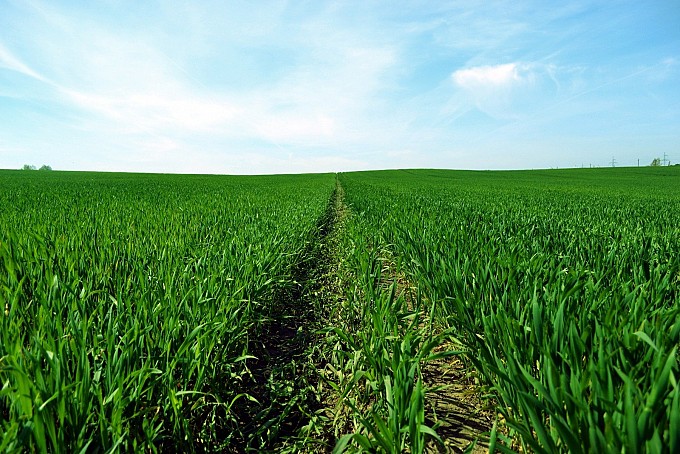
The new field season is gradually beginning in Kazakhstan. What will it be like? Plant protection expert Dina Myrzakulova told what attacks crops will be subject to this year, APK News agency reports.
What pests can we expect in fields in 2024?
“Early sowing crops will be susceptible to attacks by wireworms, streaky fleas, cruciferous fleas and other early leaf pests. In the fields of legumes, such as lentils, peas, sweet clover, nodule weevils will be found more often than in previous years, you will see the first beetles in the fields early in the sowing period, the leaves of the seedlings will be gnawed from the edges,” the agronomist, candidate of science said on her social network page agricultural sciences Dina Myrzakulova.
According to her information, the year will be favorable for such insect pests as the Hessian fly, bread sawflies, stem flea on grains, cabbage moth on rapeseed and mustard, and meadow moth.
The harmfulness and distribution of phytophagous mites will depend on weather conditions. If the year is wet and cool, there will be fewer ticks than in previous years. But this is no reason to relax; the Atlantic spider mite can cause harm even in wet years, the expert warns.
“Thrips, our favorite thrips - wheat and flax thrips - they were not washed away by the autumn rains, they did not drown in the fields where the water stood. Their exit from wintering grounds will be extended, and they will also feed in the fields. On flax, treating seeds with insecticidal dressings allows you to protect seedlings in the cotyledon phase from thrips. The shedding of grain in the fall created favorable conditions for the feeding of SZS caterpillars. This is not about the seeder, but about the gray grain cutworm, if the summer period of butterflies is favorable with flowering weeds, this can contribute to the growth of the number of NWS and its recovery from the depression in which it has been in recent years,” said D. Myrzakulova.
Locust
“Everywhere in the grain-growing regions, in the Pavlodar and Western regions, there is an increase in the number of non-gregarious locusts. There is also a rise in the Italian market in the Kostanay and Akmola regions. Farmers bordering the Aktobe region need to be on alert. If experts miss the larval phase of the Italian, it will fly again and last year’s pattern will repeat. Also, farmers should not rely on government agencies and observe the Italian sail themselves, especially in those areas of the Kostanay region where the wind carried flying locusts. In places of mass egg-pod laying and locust hatching in the spring, flocks of starlings are usually observed, especially pink Afghan starlings, which are looking for something in the ground, they eat the larvae,” the scientist noted.
According to her data, an increase in the cotton bollworm will be observed in the South and West Kazakhstan region.
“Insecticides from different chemical classes have different effectiveness against insects. Increasing the norm or the seller's promises do not affect the physical properties of insecticides. A pyrethroid, even if you increase its rate 10 times, will not become systemic,” warns the agronomist.